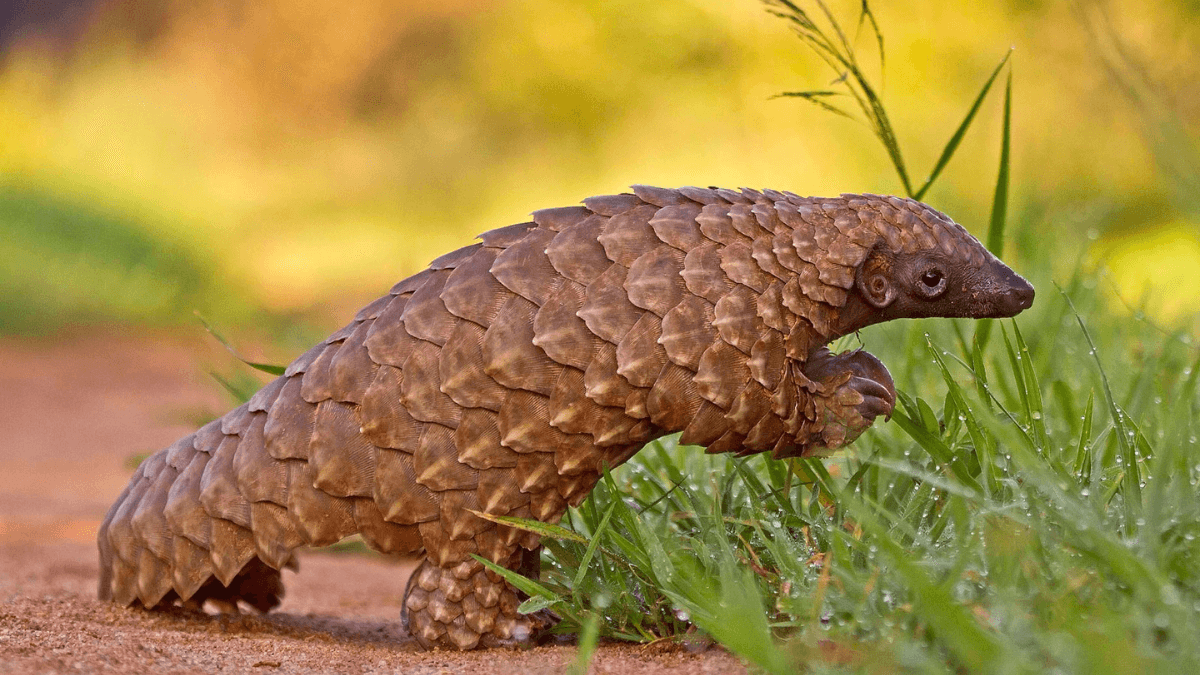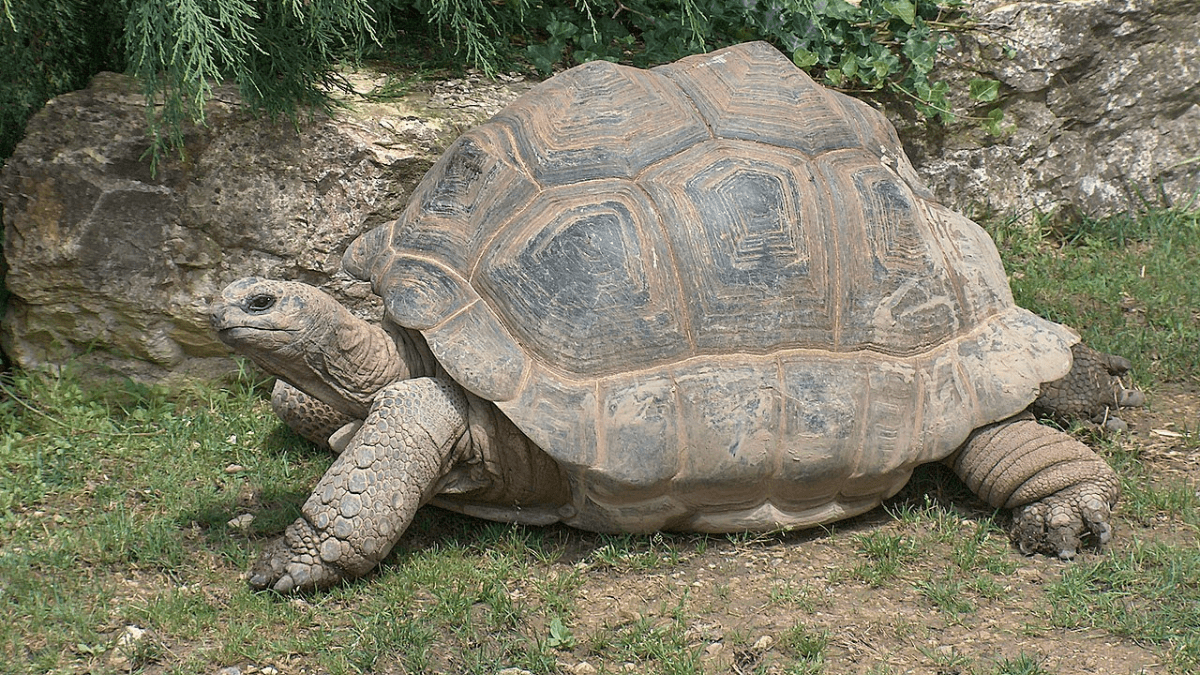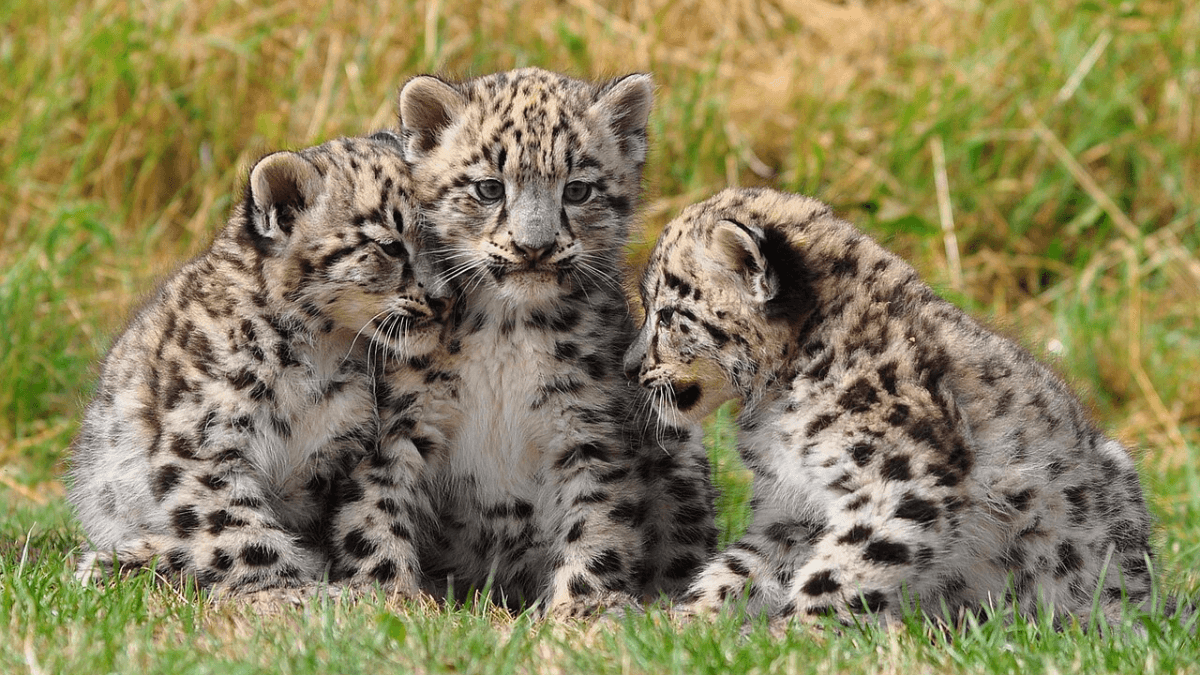15 Major Facts About The Indian Pangolin: The Indian pangolin is native to the Indian subcontinent. It is a solitary, shy, slow-moving, nocturnal mammal. It is an insectivore. Here are the list of 15 major facts about the Indian pangolin.
15 Major Facts About The Indian Pangolin
1. The Indian Pangolin is also called the thick-tailed pangolin and scaly anteater. It is native to the Indian subcontinent.
2. Indian Pangolins are one of the most trafficked mammals in the world, despite an international ban on their trade.
3. The Indian pangolin lives in India (South of the Himalayas), Bangladesh, Southern Nepal, Sri Lanka, and small parts of Pakistan.
4. The Indian pangolin has large overlapping scales on its body, which act as armour.
5. The color of the scales of Indian pangolin varies depending on the color of the earth in its surroundings.
6. The Indian pangolin can also curl itself into a ball as self-defence against predators such as tiger.
7. The Indian pangolin is an insectivore feeding on ants and termites.
8. The Indian pangolin is nocturnal and rests in deep burrows during the day.
9. The Indian pangolin is a solitary, shy, slow-moving, and nocturnal mammal.
10. The Indian pangolin is about 84-122 cm (33-48 inch) long from head to tail. The tongue of the Indian Pangolin can extend up to 16 inches.
11. The tail of Indian pangolin is usually being 33-47 cm long. The weighs of Indian pangolin is about 10-16 kg.
12. The female Indian pangolin are generally smaller than the males and have one pair of mammae.
13. The female Indian Pangolins give birth to a single offspring after a gestation period of around 65-70 days.
14. The Indian Pangolin is scientifically known as Manis crassicaudata.
15. The Indian pangolin is listed on CITES Appendix I since January 2017 and is protected in all range countries.
You can read more about the Indian Pangolin from here (Read More). Join our Telegram channel for getting notification of latest posts. [Join Now]







